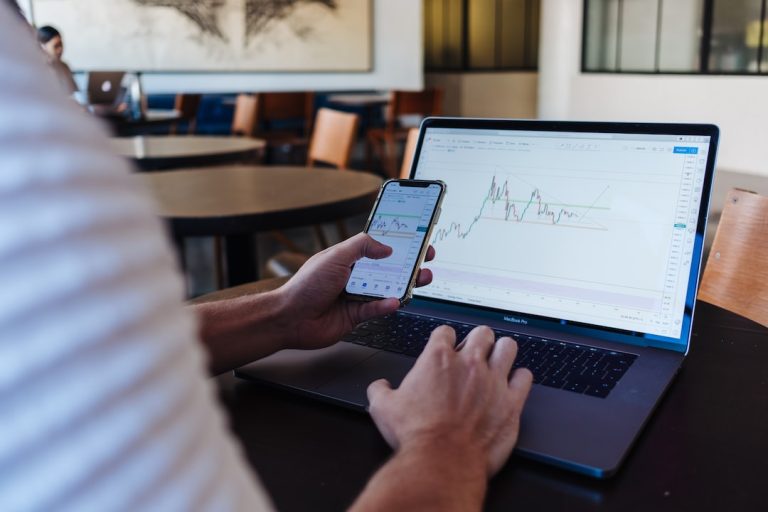he world of finance is a complex and ever-evolving landscape, with new instruments and strategies emerging to meet the evolving needs of investors. Among these, options trading stands out as a particularly versatile and sophisticated tool that has transformed the way investors manage risk and seek returns. But who invented this financial marvel, and how did it come to occupy such a prominent place in the world of investing?

Image: www.forexfactory.com
In this comprehensive exploration, we will delve deep into the fascinating history of options trading, unraveling the origins of this ingenious concept and tracing its journey to becoming an indispensable instrument for investors worldwide. Our exploration will not only shed light on the brilliant minds behind this invention but also provide insights into the evolution and significance of options trading in the financial realm.
The Birth of an Idea: Thales of Miletus and the Olive Press Monopoly
The origins of options trading can be traced back to ancient Greece, where the philosopher and mathematician Thales of Miletus is widely credited with pioneering the concept. Around 580 BC, Thales observed that the olive harvest in Miletus was highly unpredictable, with bumper crops one year and meager yields the next. Recognizing this volatility, he devised a clever strategy to mitigate the risks associated with this uncertainty.
Thales approached the olive press owners in Miletus and offered them a proposition: he would pay them a non-refundable fee in exchange for the exclusive rights to their presses during the upcoming harvest season. Intriguingly, he proposed this deal well before the harvest, when the size of the olive crop was still uncertain.
To the press owners, this arrangement was highly appealing. They received a guaranteed payment upfront, regardless of the size of the harvest. Thales, on the other hand, had effectively secured the rights to use the presses at a fixed price, irrespective of whether the harvest turned out to be bountiful or meager.
This ingenious idea marked the genesis of options trading, as it involved the purchase of a right—in this case, the exclusive use of the olive presses—for a specific period at a predetermined price. Whether Thales intended it or not, his innovative strategy laid the foundation for a financial instrument that would revolutionize the way investors manage risk and seek returns.
The Evolution of Options: From Amsterdam to London and Beyond
The concept of options trading remained relatively dormant for centuries after Thales’s time. It was not until the 17th century that options trading began to take shape in its modern form. The Dutch played a pivotal role in this revival, establishing an organized market for options trading in Amsterdam around 1600. These early options contracts were primarily used to hedge against price fluctuations in commodities such as grain and spices.
As the concept of options trading gained traction, it found its way to England in the 18th century. In 1733, the London Stock Exchange introduced standardized option contracts, known as “puts” and “calls,” which allowed investors to speculate on the future prices of stocks. These standardized contracts greatly facilitated the trading of options and paved the way for the widespread adoption of this financial instrument.
The 19th and 20th centuries witnessed a surge in the popularity of options trading, particularly in the United States. In 1873, the Philadelphia Stock Exchange launched the first options exchange in the US, followed by the Chicago Board Options Exchange (CBOE) in 1973. These exchanges provided a centralized platform for the trading of standardized options contracts, further enhancing the accessibility and liquidity of this instrument.
Today, options trading is a global phenomenon, with options exchanges operating in major financial centers around the world. Options contracts are used by a wide range of investors, from individual retail traders to sophisticated institutional investors, to manage risk, hedge against potential losses, and speculate on the future direction of markets.

Image: www.forex.academy
Who Invented Options Trading
https://youtube.com/watch?v=qyxKp8gLJU8
Modern Options Trading: A Versatile Tool for Risk Management and Speculation
In contemporary financial markets, options trading offers investors a versatile tool for achieving a variety of objectives. Options contracts can be used for:
• Hedging: Investors can use options to protect their portfolios against potential losses. For instance, an investor who owns a stock can buy a put option to protect against the possibility of the stock price falling below a certain level.
• Speculation: Options can also be used to speculate on the future direction of markets. An investor who believes that a particular stock will rise in price can buy a call option, giving them the right to buy the stock at a fixed price in the future.
• Income generation: Selling options can also be a way to generate income. An investor who sells a call option is obligated to sell the underlying asset at the strike price if the buyer exercises the option. In exchange for this obligation, the seller receives a premium upfront.
The flexibility and versatility of options trading have made it an indispensable instrument for investors seeking to manage risk, enhance returns, and speculate on market movements. Understanding the origins and evolution of options trading provides valuable insights into the ingenuity and creativity that have shaped the world of finance.






